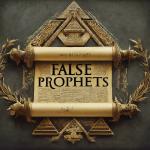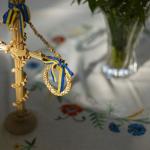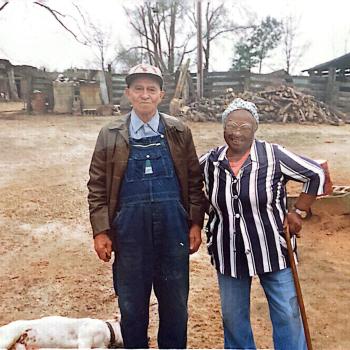In April in the year 1915, 56,000 English, Scottish, Irish, Welsh, Australian and New Zealand soldiers, colonial, Maori and Aboriginal, gave their lives in an attempt to unseat the Ottoman Empire from Constantinople and from influence.
This action came to be known as the Gallipoli Campaign. It was fought in Sula Bay and the Gallipoli Peninsula in Turkey.
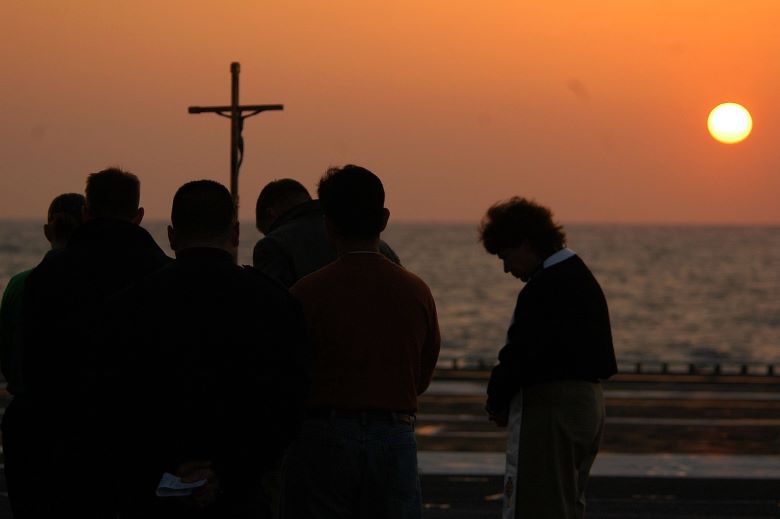
Each year since 1916, April 25 is recognized originally as ANZAC Day, in remembrance of those dead and now Remembrance Day in recognition of all from Australia and New Zealand who have given their lives in defense of democracy.
What was the Gallipoli campaign?
World War I was fought on several fronts. One front was in Asia, in Turkey, which was controlled by the Islamic Ottoman Empire.
Wikipedia gives a basic synopsis:
In 1915, Australian and New Zealand soldiers formed part of an Allied expedition that set out to capture the Gallipoli Peninsula to open the way to the Black Sea for the Allied navies. The objective was to capture Constantinople, the capital of the Ottoman Empire, which was an ally of Germany during the war. The ANZAC force landed at Gallipoli on 25 April, meeting fierce resistance from the Ottoman Army commanded by Mustafa Kemal (later known as Atatürk).
What had been planned as a bold strike to knock the Ottomans out of the war quickly became a stalemate, and the campaign dragged on for eight months. At the end of 1915, the Allied forces were evacuated after both sides had suffered heavy casualties and endured great hardships. The Allied deaths totaled over 56,000, including 8,709 from Australia and 2,721 from New Zealand.
The people of Australia and New Zealand deeply lamented these losses and what was to become a terrible stain on the reputation of the First Lord of the Admiralty, Winston Churchill.
As we know, his reputation did recover.
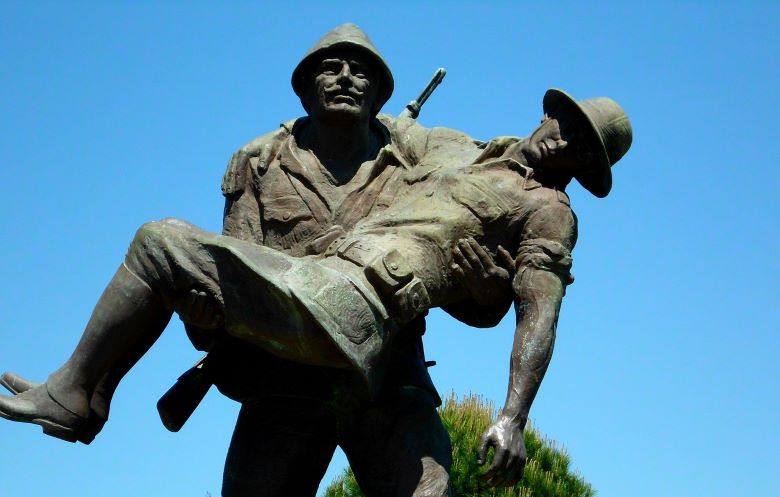
What is the dawn Service?
The first recognition was a national holiday in New Zealand declared on April 30, 1915.
ANZAC Day, itself, was first declared in Queensland, in Australia.
Again, Wikipedia tells us about the beginnings of the Dawn Service.
A dawn service was held on the Western Front by an Australian battalion on the first anniversary of the Gallipoli landing on 25 April 1916, and historians agree that in Australia dawn services spontaneously popped up around the country to commemorate the fallen at Gallipoli in the years after this. The timing of the dawn service is based on the time that the ANZAC forces started the landing on the Gallipoli peninsula, but also has origins in a combination of military, symbolic and religious traditions.
What is currently done to commemorate ANZAC Day?
There are still commemorations in Australia, New Zealand and in other places around the world. I will focus here on a current practice in Australia.
Each year, beginning shortly after World War ended, cities in Australia have held a parade on April 25. Veterans of Gallipoli first marched in commemoration. Since then, these parades and remembrances are held to honor the Australian and New Zealand fallen in all wars.
The band played “Waltzing Matilda.”
“Waltzing Matilda” is, of course, a well known Australian folk song. It tells of a rover or “swagman” who runs afoul of a landlord and a constable.
The song has been adopted by the Australian military as a marching song and it is known by all Australians like all Americans know “The Stars and Stripes Forever.”
An Australian songwriter named Eric Bogle has written a ballad called “The Band Played ‘Waltzing Matilda’,” which tells the story of the Gallipoli Campaign and its aftermath for soldiers who came home not whole.
This song, more than any other I have heard, gives the listener a sense of sorrow and despair that we continue to send our young men and women to fight wars caused by the greed and fear of old men.
Listen as Eric Bogle provides another kind of Dawn Service, a service that mourns our losses and that knows our failures.
How can we react?
I hope the song and the songwriter’s impressions will leave you with deep meaning.
Pray with me for the fallen and for their families.
Please let me know how you react to Eric Bogle’s work. Please leave your thoughts in the comments below.



